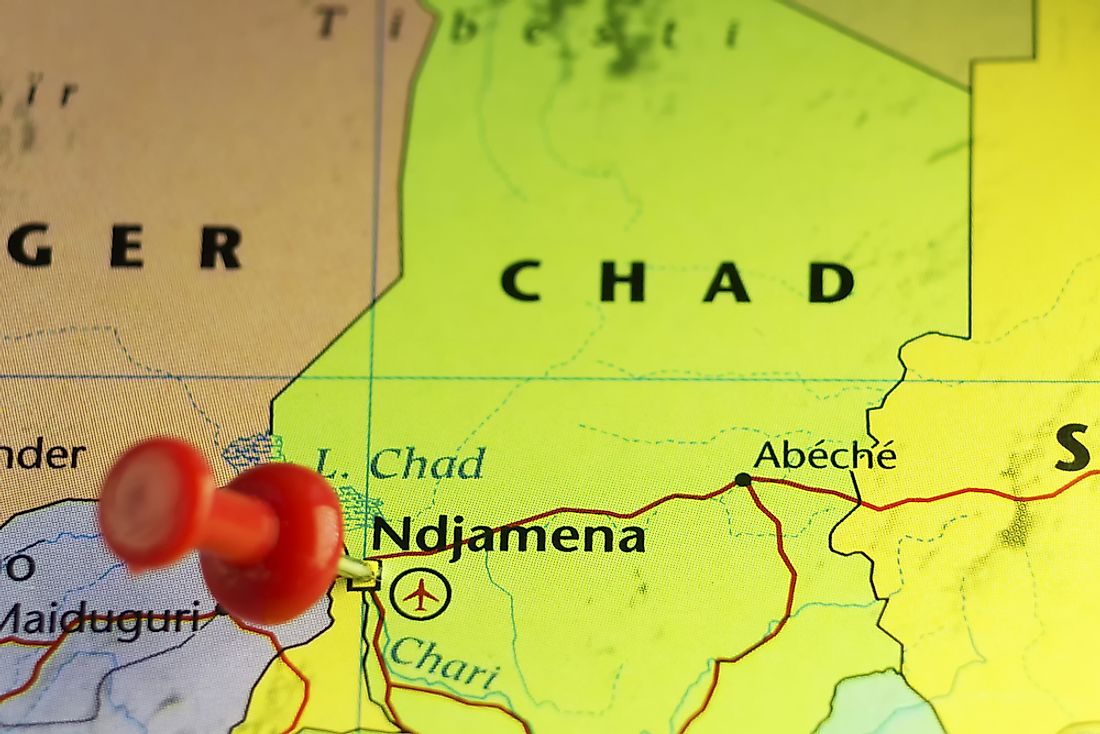What Is The Capital Of Chad?

N’Djamena is the largest and capital city of Chad. Previously called the Fort Lamy, N'Djamena was established over a century ago by the French and on April 6, 1973, the president renamed the city to N’Djamena. The name N’Djamena is borrowed from the name of a neighboring village called Nigamina which is an Arabic name which refers to "place of rest." The capital city is divided into ten Arrondissements. The capital city of Chad has been a center of economic activity for this region for more than a century now.
History
Emile Gentil, a French commander, founded the city on May 29, 1900, and he named it Fort Lamy after Amedee-Francois Lamy, a French officer who died in the Kousseri Battle. Fort Lamy became the capital of the region. The French relied on the capital’s airport for moving supplies and troops during the Second World War, but the Germans bombed the airport on January 21, 1942.
Effects of the Chadian Civil War
Chad was ruled by a coalition of armed groups’ government from 1979 to 1982, and this was the most chaotic phase of the Chadian civil war which started in 1965. The city was partly destroyed twice in 1979 and 1980 during the Chadian-Libyan conflict which resulted in the locals fleeing to the other bank of River Chari in Cameroon. The citizens did not return to the city until 1981 and 1982 when the conflict ended.
Demography of the Capital City of Chad
Majority of the residents in the country reside in the capital city. In fact, the number of people living in the capital is 1,092,066 people as at 2012. Although the gender division in the N'Djamena is almost even, the religious and ethnic categories are entirely different with the predominant religion being Islam. Some of the main ethnic groups in the city include the Daza, Hadjerai, Chadian Arabs, Kanembu, Bilala, Barma, Kuka, and Gor.
Climate & Economy of N’Djamena
The primary economic source of the people living in N’Djamena is agriculture and approximately 80% of the population work in farming-based industries which includes livestock keeping and cultivation of crops. Therefore the economy is reliant on good weather and the economy struggles during the low rainfall seasons. The population cultivates plants from June to the end of September which are the wet months in the city with heavy rainfall during August. Longer dry seasons from October to may affect the livelihood of the people living in the city. The city experiences high temperatures between March and May right before the start of the rainy season.
Major Tourist Attractions In the City
N’Djamena is the home to one of the oldest skulls in the world (the partial head of the Toumai also referred to as the Sahelanthropus). The partial head was discovered on the northern side of the country, and the tourists can see it in the National Museum. Other attractions in the city include a cathedral, numerous mosques, the Zakouma National Park, Dougula, Hadjer-el-Hamis, and more.







